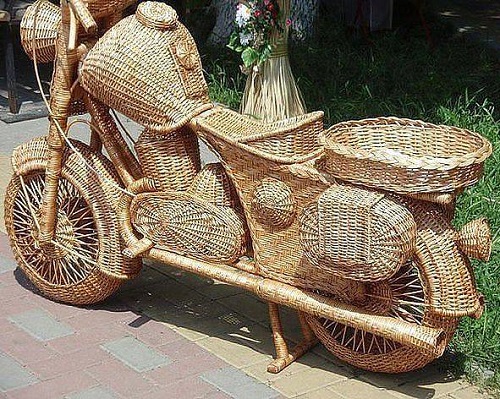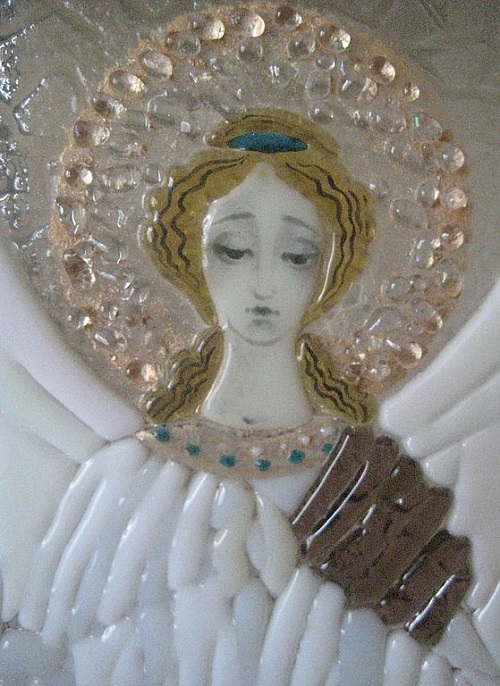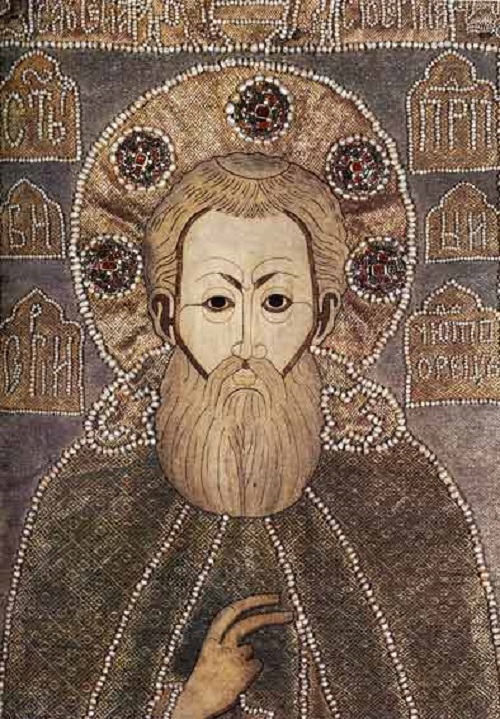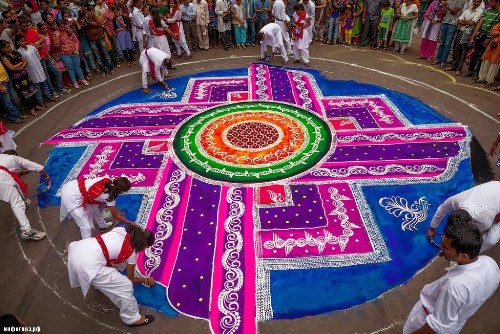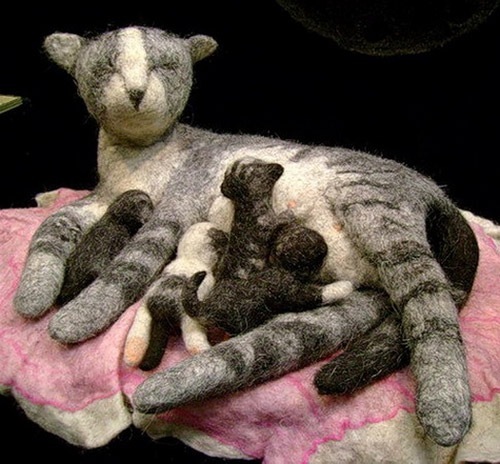Willow weaving art
As a child, Vladimir Sudarkin had two passions: artistic gymnastics and crafts – cutting wood, knitting, modeling, etc. Somehow he got a book on Basket weaving. He went into the woods, cut willow vines, chose sketch of lampshade and all night was creating it, trying to get a desired shape. All the things that Sudarkin makes, otherwise than a work of art can not be called. And like any artist, he never makes copies, all is exclusive. Even the baskets, from which he started, never repeat one another. But willow weaving is just a hobby for Sudarkin, he teaches gymnastics at school, and hopes that willow weaving art, existing in the world since the Neolithic period will not be forgotten.
More »
